Comet Nishimura to make closest approach to Earth today! Know how to spot it
Comet Nishimura is all set to make its closest approach to the Earth today, September 12. This rare comet will not come close to our planet for the next 430 years. Find out where and how to spot it in the sky.
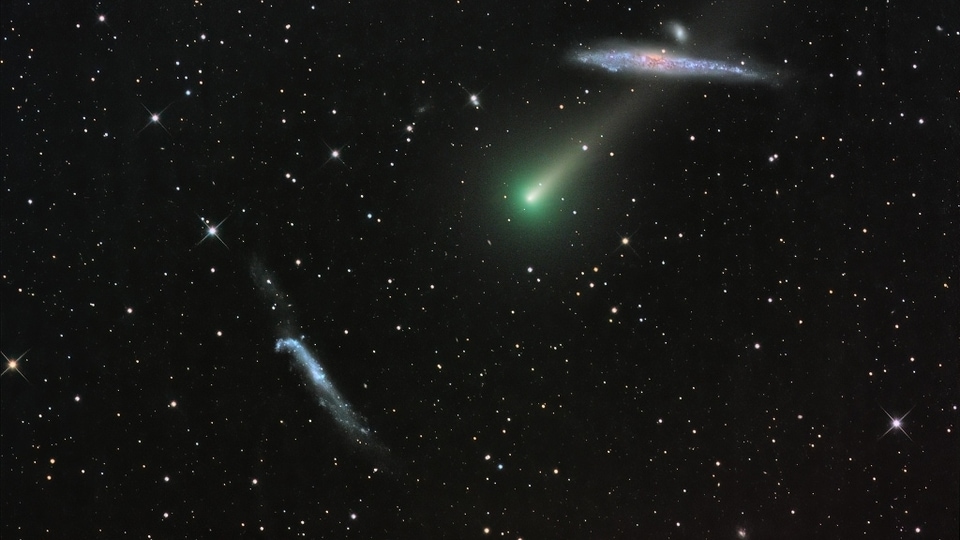
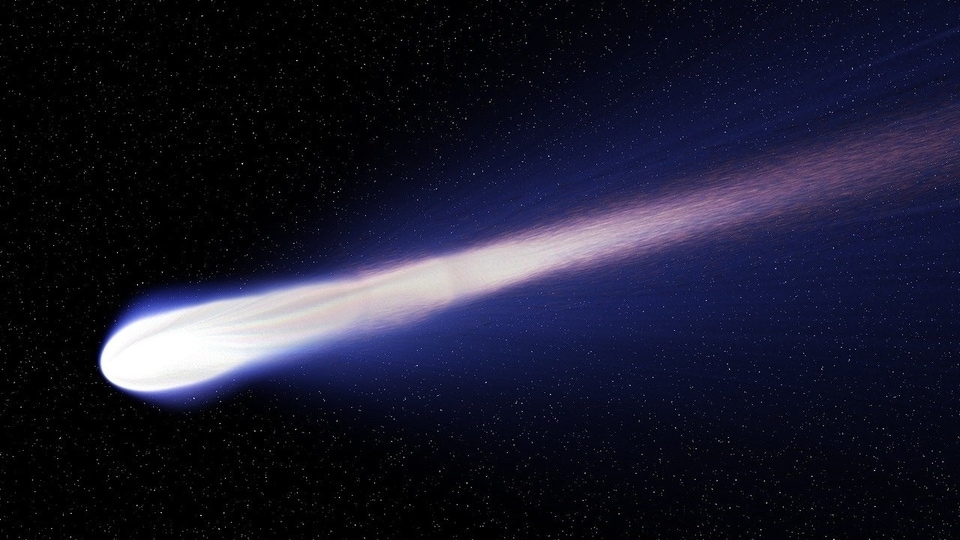
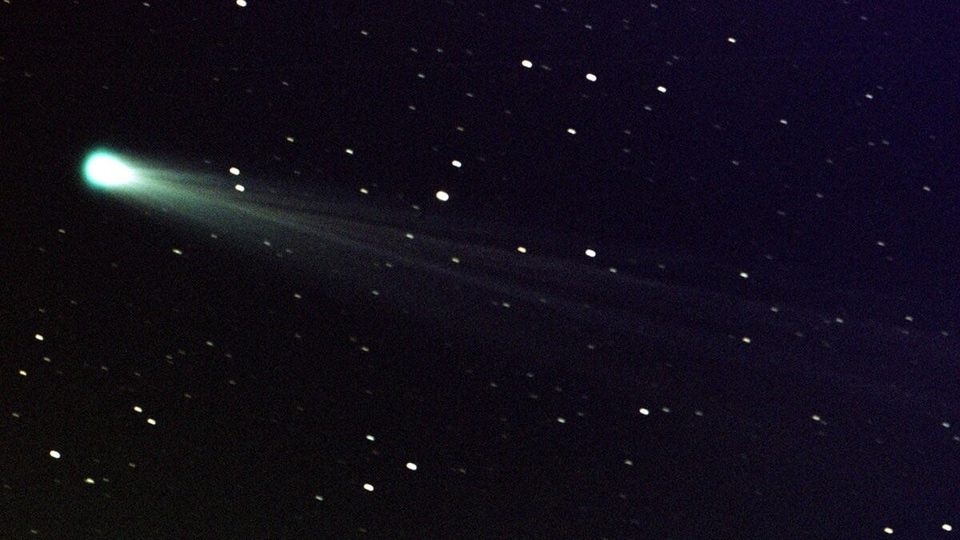
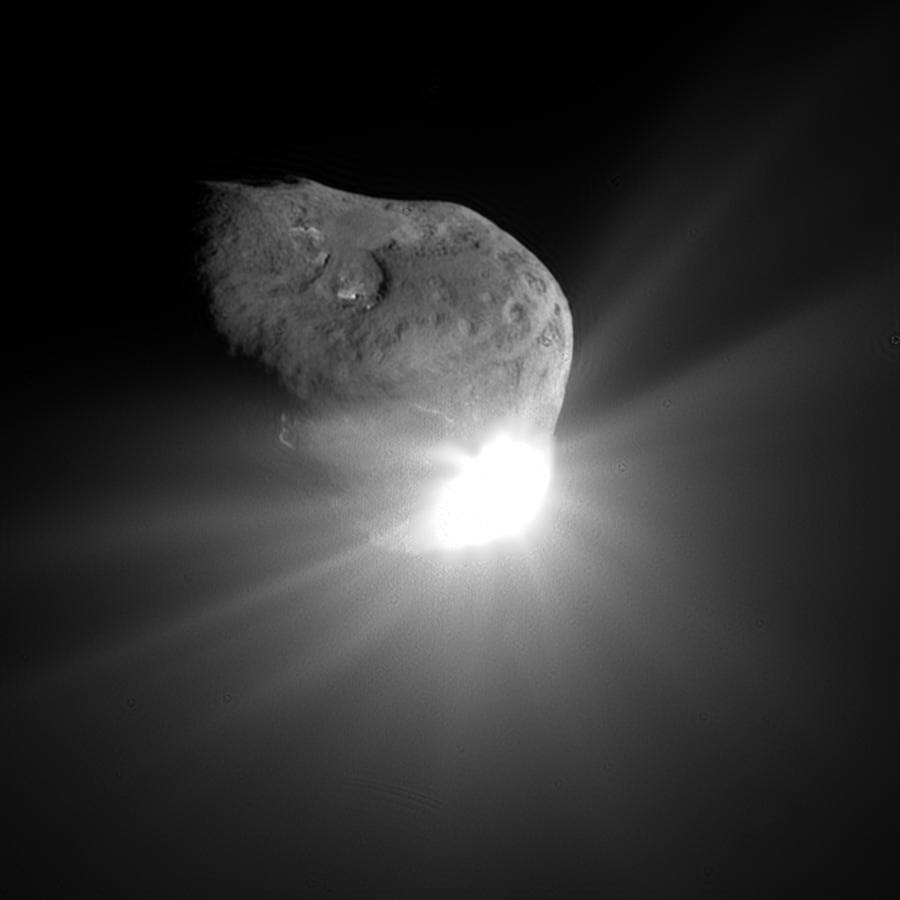
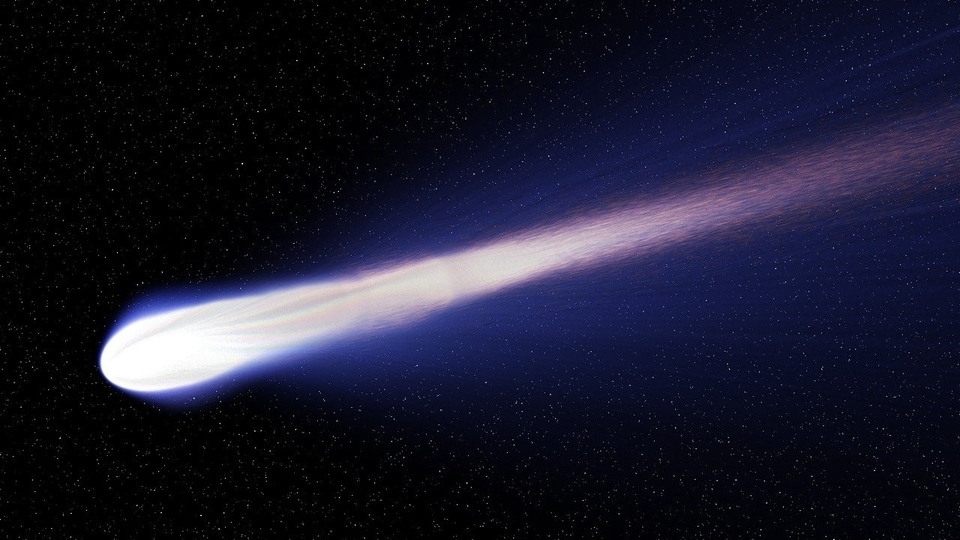
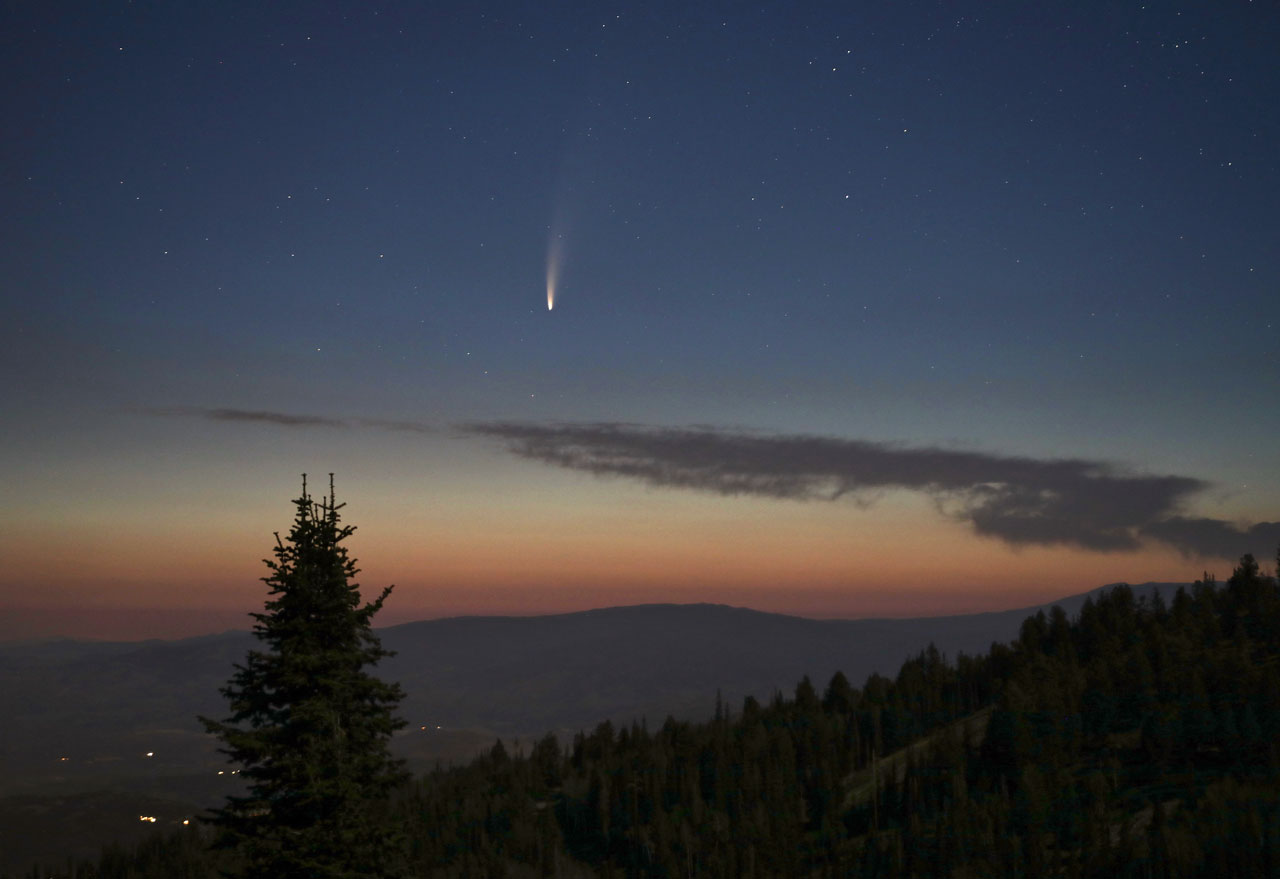
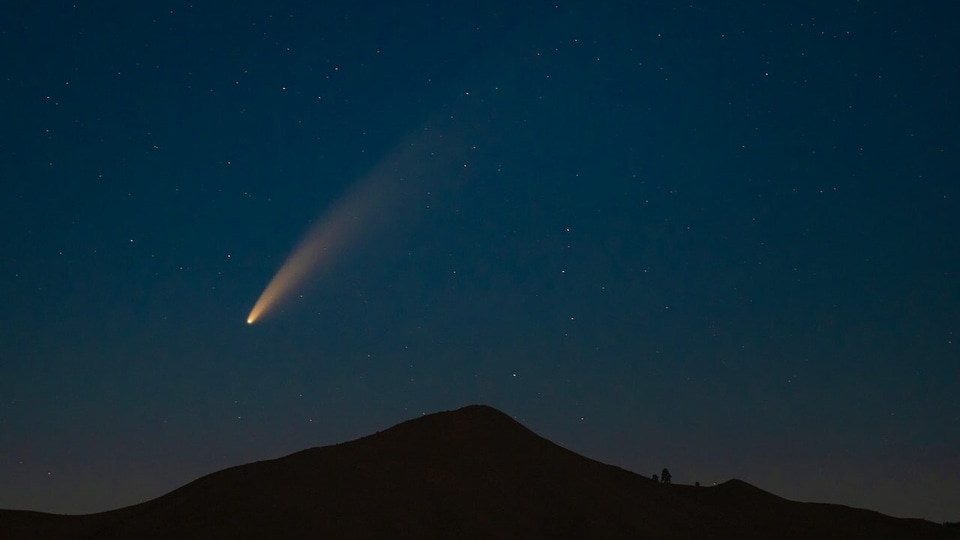
 View all Images
View all ImagesSky gazers are in for a rare treat today. While the Taurid meteor shower is almost two months away, tonight, September 12, the night sky will offer something far more unique and spectacular, provided you are in the right place. A comet called Nishimura will be making its closest approach to the Earth tonight and it is not a sight that should be missed. The little comet is visiting our planet on its return trip to the Sun and it will not be back for another 430 years if it is lucky and is not consumed by the Sun. So, do not let this once-in-a-lifetime opportunity go. Check out how and where in the sky you can spot this rare spectacle.
How to watch comet Nishimura
According to a NASA report, there is a very good chance that comet Nishimura will be visible to the unaided eye tonight. However, it is important to find a place with low light pollution and a clear sky. Clouds and bright cities are the biggest enemies of small comets. But if you can meet both of these circumstances, then you are almost there. Also read: Solar storm just hit Comet Nishimura! It cut off its tail, but comeback was dazzling
According to directions by Associated Press (AP), the comet will be visible near the northeastern horizon about 90 minutes before dawn. Its precise location is ten degrees above the horizon, near the constellation of Leo.
While it is likely to be visible to unaided eyes, it is always a good idea to bring a pair of binoculars or a backyard telescope to ensure the comet does not slip you by.
About comet Nishimura
Comet Nishimura has created excitement in the astronomy community due to its recent discovery. NASA said, “The comet was discovered only ten days ago by Hideo Nishimura during 30-second exposures with a standard digital camera”. It is also believed that the last time this comet visited the inner solar system, it created the Sigma Hybrids meteor shower that is seen every December due to its expelled ice and dust. It is also possible that the meteor shower can become more active after being refreshed with more comet debris. Also read: Catch a glimpse of Comet Nishimura C/2023 P1, it will not return for 400 years
The last time this comet visited our planet was in the 1500s, which means a time before Galileo Galilei, and the next time it will be seen will be in 2450. But there is a chance that it may never show up again if it flies too close to the Sun (which is due September 17) and gets evaporated by its heat. So, do not miss your chance tonight.
Catch all the Latest Tech News, Mobile News, Laptop News, Gaming news, Wearables News , How To News, also keep up with us on Whatsapp channel,Twitter, Facebook, Google News, and Instagram. For our latest videos, subscribe to our YouTube channel.































